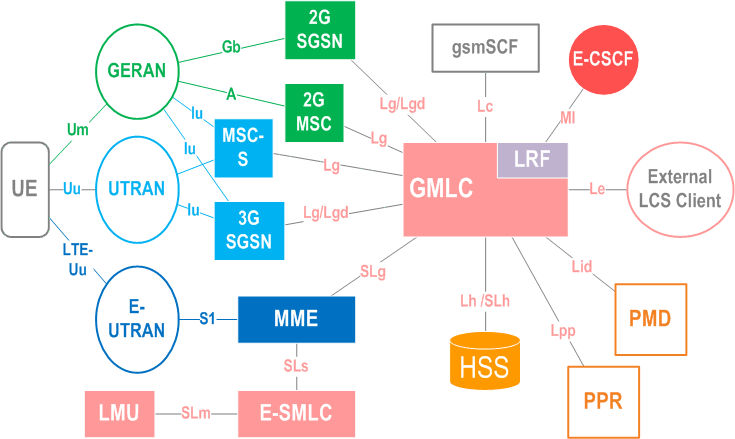TS 23.271
LCS – Location Services
V18.0.0 (PDF)
2024/03 190 p.
V17.0.0
2021/12 190 p.
V16.0.0
2020/06 190 p.
V15.2.0
2019/12 190 p.
V14.4.0
2018/03 187 p.
V13.1.0
2017/12 175 p.
V12.1.0
2014/06 171 p.
V11.3.0
2014/06 171 p.
V10.4.0
2013/03 171 p.
V9.8.0
2013/03 170 p.
V8.1.0
2009/12 146 p.
V7.10.0
2009/12 147 p.
V6.13.0
2005/10 123 p.
V5.13.0
2005/01 82 p.
V4.13.0
2005/01 75 p.
- Rapporteur:
- Mr. Wong, Gavin
VODAFONE Group Plc

essential Table of Contents for TS 23.271 Word version: 18.0.0
each title, in the "available" or "not available yet" area, links to the equivalent title in the CONTENT